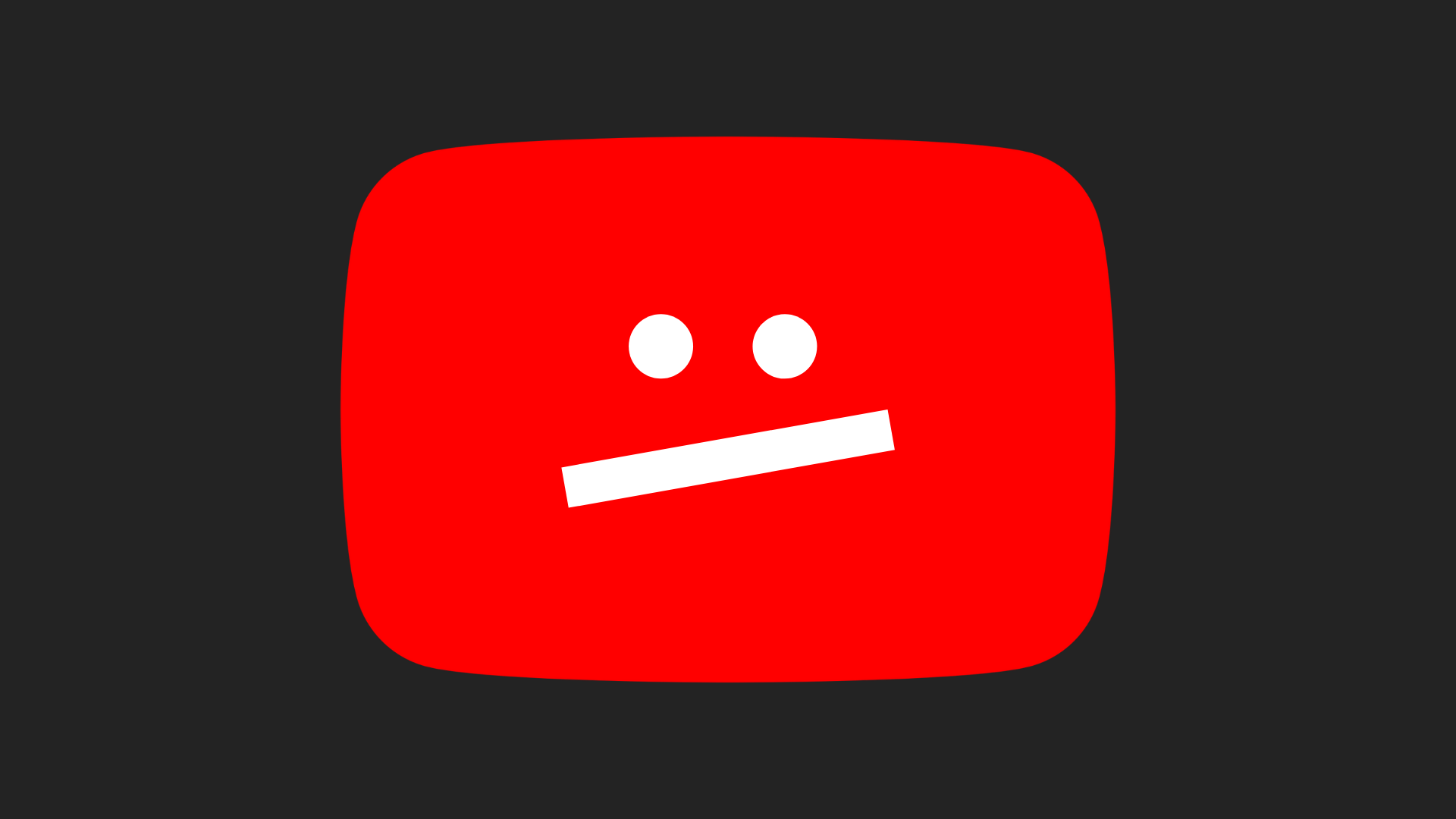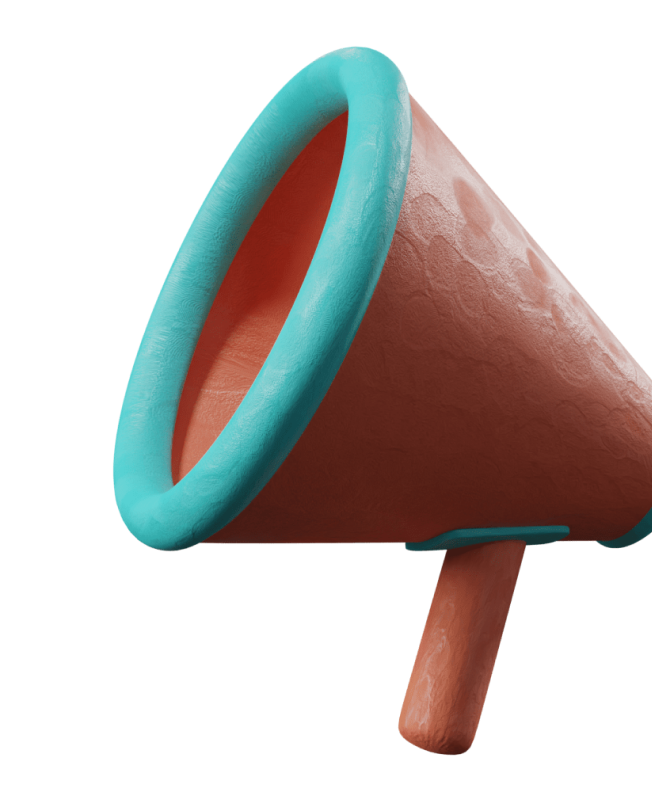
by Google
Every single video uploaded to YouTube goes through several checks to see if it violates any rules.
However, the most common problem occurs when a video receives a so-called yellow dollar. However, many times this icon turns green or vice versa, and many creators are confused about how this determination system works. In this blog, we are therefore bringing you some exclusive information so that you know what to avoid and earn money on YouTube without unnecessary stress.
If you create videos on YouTube, you probably don't need to be explained what type of content does not belong on this platform. Gross violations of the community guidelines can result in deletion, age restriction of the video, Community strike, or even deletion of the account without prior warnings.

Duklock can certainly say his piece, as his channel was threatened with deletion for two warnings in 2021. He received them for old videos and was unable to upload for two weeks. In this case, the sanctions on the channel will remain for three months, and if Dušan receives a third strike during that time, YouTube would delete his entire channel. He also talked more about this in his video.
Content suitable for advertisers
If you are part of the YouTube Partner Program, you can place ads in your videos and earn money from them. First, your video must meet the Advertiser-friendly content guidelines. Videos should not contain vulgar language, violence, gore, or injuries. Adult content is also not welcome, nor is anything that is shocking or controversial that ends in human tragedy. However, context is always important. If you can provide sufficient information about why you are showing these things in the video and their primary purpose is to educate, they can be monetized.
It happens that you are absolutely sure that you have followed all the rules, but the automatic system still notifies you that your video does not meet the monetization criteria for some reason and is not suitable for most advertisers.
Self-certification
YouTube also offers the option of so-called self-assessment - Self Certification. This is a system where you say whether or not your video contains elements that are included in the aforementioned guidelines for advertisers.
If you repeatedly label your videos correctly, YouTube will rely on you and build trust in you. Your content will be easier to monetize, but don't forget that everything you upload to the platform still goes through automatic checks. You know... just in case. If the system finds out that you have labeled previous videos incorrectly, you will lose trust again and even risk being excluded from the partner program.
We try to rate our videos as truthfully as possible. If you are like that, YouTube will eventually rely on you.
What else can you do...
As we help our partners who create on YouTube, we pay attention to how they prepare videos and then upload them to the platform. Many people upload a bare video first, because the process can sometimes take quite a long time, and then they deal with other things. This includes the title, description, thumbnail image, and other metadata.
This is understandable, but it is possible that if an automated review system runs after uploading an unpublished video without any metadata added, the result will be a yellow dollar.
The video itself may be fine, but without the necessary metadata, it does not provide the necessary context to help the system determine whether the overall content is suitable for advertisers. The video will therefore receive a yellow dollar because it is a safer choice for them.
Private vs. Uncategorized Video
We understand that when you upload a video, you usually don't want to publish it right away. This may be because, as we mentioned, you don't have the metadata ready for it yet or you are waiting for your usual time when your viewers are used to expecting a new video.
However, the basic mistake is that you set the video as private. It is true that no one except you will see it this way, but while the video is private, the YouTube system does not perform automatic checks on it. On their side, it gets a label - pending and they cannot move it forward because it is a private video. That is why it happens that the process takes longer than normal, even more than seven days. Sometimes it does not even reach the review system - we have already recorded such cases.
The people from YouTube recommended that videos be uploaded well in advance. Ideally, a few hours before the planned publication. This will give the system enough time to perform monetization and other checks.
If you have the space, add the necessary metadata to the video while you're recording. Create a title, description, upload a preview image, add tags, etc.
Don't forget that this data must also comply with the rules. It would be a great shame if a long-planned video received a yellow stop sign just because of one inappropriate word in the description.
By the way, if the yellow dollar is holding you back from creating or you have any problems with monetization, contact us. We'll look into it together and we'll definitely solve it!






